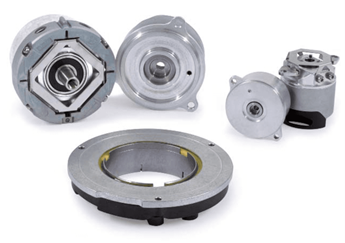The pressure switch function plays a vital role in industrial automation, process control and other fields. It protects, controls and alarms the equipment by monitoring the pressure changes in the system.
Overview of pressure switch function
Pressure switches are essential components in modern industrial and automation systems, providing reliable pressure monitoring and control to maintain safety and operational efficiency. Below is a detailed look into the key functions of pressure switches across different applications, including boilers, differential pressure systems, and hydraulic systems.

Common Functions of Pressure Switches
Pressure Detection and Control: The primary function of a pressure switch is to detect whether the system’s pressure has exceeded or fallen below a pre-set threshold.
When the pressure crosses the limit, the switch can trigger alarms or activate control systems to restore normal conditions.
This is critical for maintaining the stability of processes such as gas supply lines, HVAC systems, or industrial equipment.
Liquid Level Control: Pressure switches can monitor the pressure exerted by a liquid column in tanks or reservoirs to estimate the liquid level.

This enables automatic liquid level management—activating pumps to fill or drain tanks when specific levels are reached.
Flow Rate Control: While not directly measuring flow, a pressure switch can monitor system pressure changes to infer flow rates.

A decrease in pressure may indicate restricted or blocked flow, while an increase suggests a surge in flow. In this way, the switch helps maintain optimal fluid dynamics within the system.
Safety Protection: Pressure switches play a critical role in protecting equipment from pressure-related failures.
They act as safety devices by cutting off operations or triggering alarms when pressure levels are abnormal, preventing potential damage due to overpressure or vacuum conditions.
Boiler Pressure Switch Function

In boiler systems, the pressure switch ensures the safe and efficient operation of the heating cycle by monitoring steam or water pressure.
Primary Roles in Boilers: High-Pressure Safety Shutdown: Prevents pressure from exceeding safe limits to avoid equipment damage or explosions.
Low-Pressure Cutoff: Stops the boiler when pressure drops too low, preventing dry firing or inefficient operation.
Burner Control: Helps regulate burner ignition and ensures that the burner only operates when pressure is within safe thresholds.
Differential pressure switch function

A differential pressure switch monitors the difference between two pressure points in a system, ensuring that the differential stays within defined limits.
Applications of Differential Pressure Switches:
Filter Monitoring: Alerts operators when pressure drop across a filter exceeds acceptable limits, indicating that the filter needs cleaning or replacement.
Fan and Blower Control: Regulates fans and blowers based on the pressure differential across ducts or ventilation systems.
Flow Monitoring in Piping: Ensures smooth flow by measuring pressure differences along pipes and signaling if there are blockages or irregular flow patterns.
Function of Pressure Switch in Hydraulic Systems
In hydraulic systems, pressure switches are essential for maintaining system stability and safety.
Function of pressure switch in hydraulic system

Pump Control: Activates or deactivates hydraulic pumps based on pressure conditions, ensuring efficient energy use.
Overpressure Protection: Protects hydraulic components like valves, hoses, and actuators from damage by shutting down operations when pressure is too high.
Cycle Control: Ensures smooth and consistent operation by monitoring pressure during different phases of a hydraulic cycle, such as clamping, releasing, or movement of actuators.
Conclusion
Pressure switches are versatile devices that serve multiple functions across various industries. Their ability to monitor and control pressure, ensure safety, and provide process stability makes them indispensable in systems such as boilers, HVAC, hydraulic circuits, and flow management applications. Whether used for pressure regulation, differential monitoring, or protection from overpressure conditions, pressure switches are vital components in maintaining safe and efficient operations.






